Paddle Fishing Techniques for Catching Bass in Shallow Lakes
Bass fishing from a kayak or canoe offers anglers an intimate connection with nature and access to productive waters that larger boats simply can’t reach. Shallow lakes, with their abundant vegetation and structure, create perfect habitats for bass throughout the season. The stealthy approach of paddle craft gives fishermen a significant advantage when targeting these often-wary predators. Whether you’re a seasoned paddler or considering your first kayak fishing adventure, mastering the right techniques specifically designed for shallow lake environments can dramatically improve your success rate and overall experience on the water.
Understanding Bass Behavior in Shallow Lakes
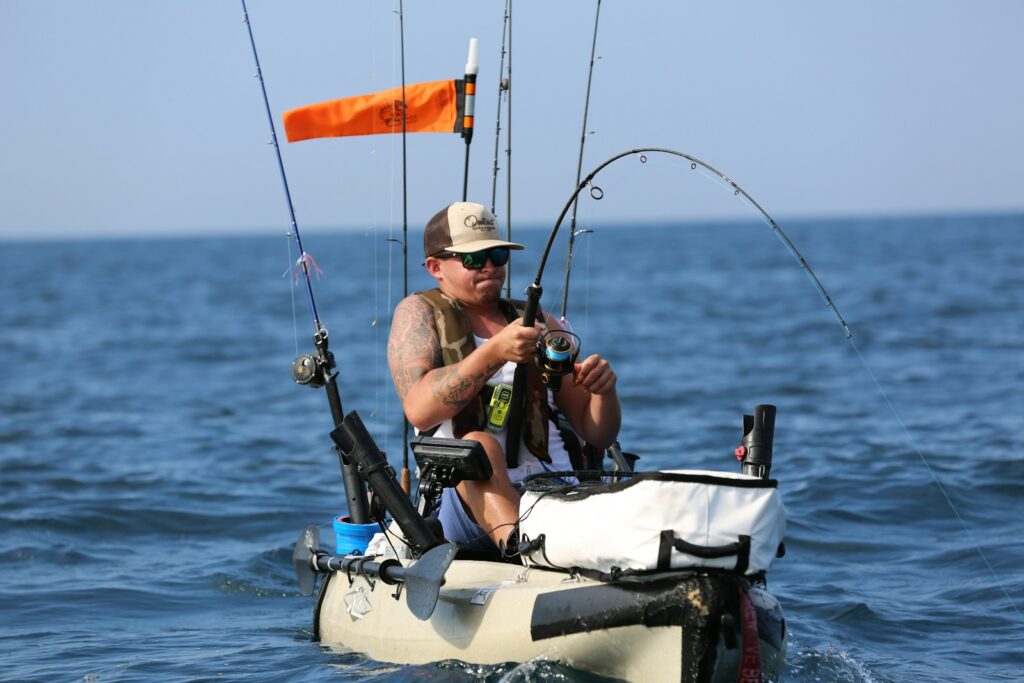
Bass in shallow lakes behave differently than their counterparts in deeper reservoirs, adapting to the unique conditions these environments provide. In these waters, largemouth bass typically relate closely to available cover such as vegetation, fallen timber, and subtle bottom contours that might only change by a foot or two. Water temperature fluctuations occur more rapidly in shallow systems, causing bass to adjust their patterns frequently throughout the day. During early morning and evening hours, bass often move into extremely shallow zones to feed, sometimes in water barely deep enough to cover their backs. Understanding these daily movements is crucial for paddle anglers who can quietly position themselves to intercept bass during these predictable feeding periods without spooking them.
Selecting the Right Paddle Craft
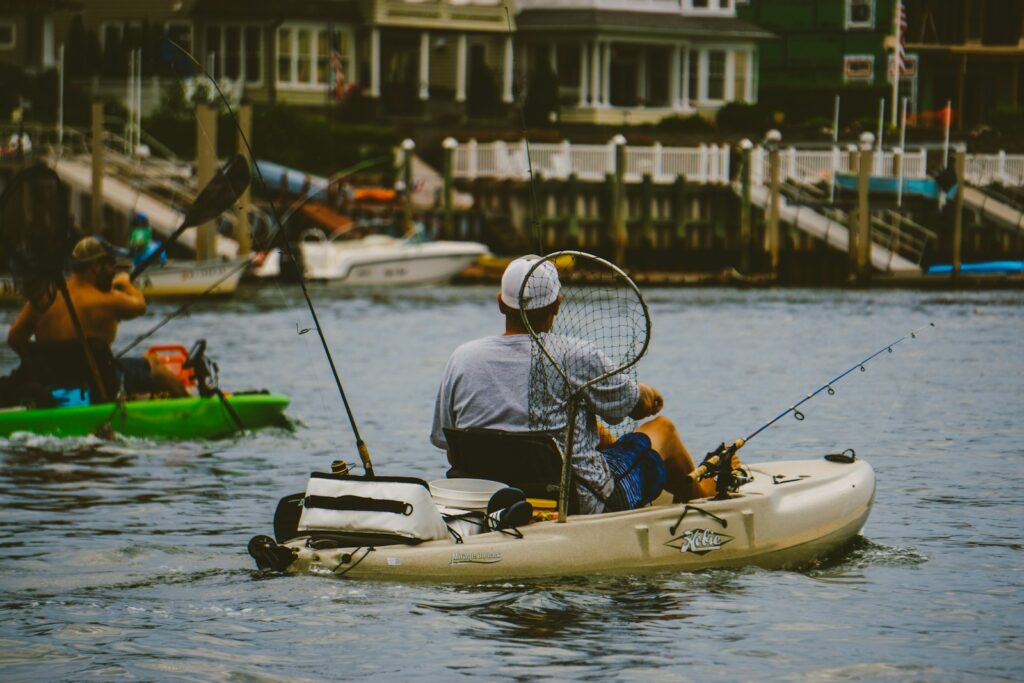
Choosing the appropriate paddle craft significantly impacts your fishing effectiveness in shallow lakes. Fishing kayaks with sit-on-top designs offer superior stability and easier casting platforms compared to traditional recreational kayaks. Models with wider hulls (30-36 inches) provide the stability needed for standing casts, which can be crucial for sight fishing in clear shallows. Canoes, while offering more storage space, generally require more skill to maneuver silently and may be less stable for aggressive fishing techniques. Consider craft with higher seat positions that improve visibility into the water, but be aware that higher seats also raise your center of gravity and can reduce stability. The ideal paddle craft balances maneuverability in tight spaces with enough stability to handle the excitement when a trophy bass strikes.
Essential Gear Organization for Paddle Fishing
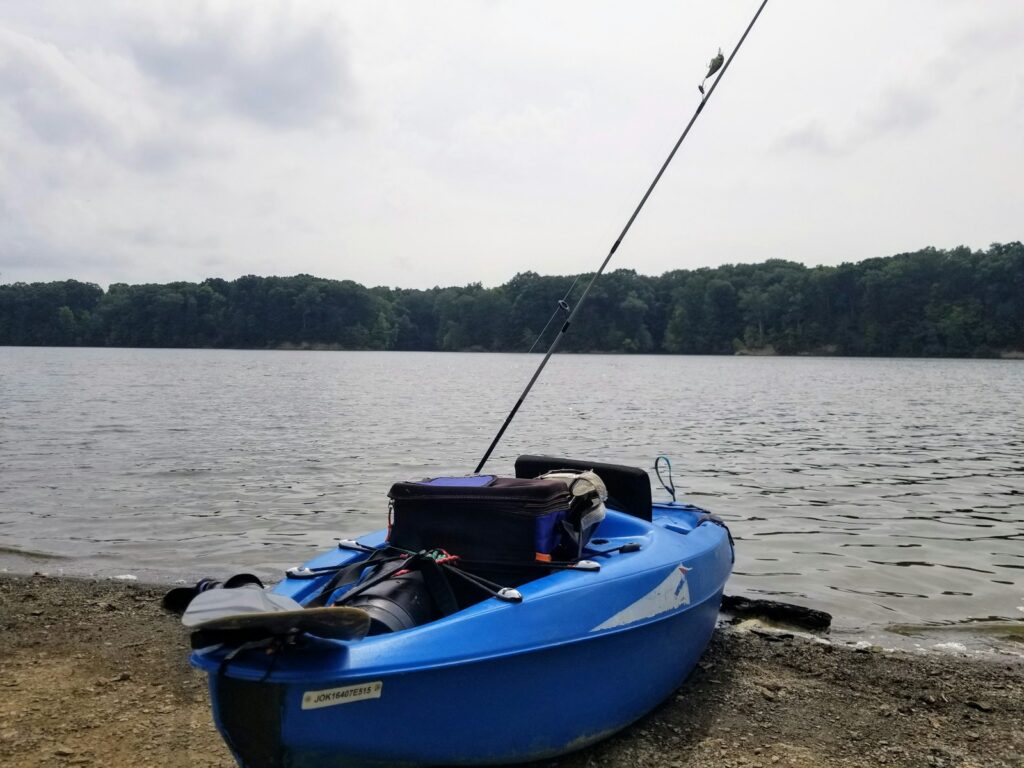
Effective gear organization transforms a paddle craft from a floating platform into an efficient bass catching machine. Install rod holders strategically to keep multiple rigged options accessible without cluttering your limited space. Waterproof tackle storage solutions become essential, with many anglers preferring modular systems that attach to kayak tracks or canoe gunwales for customizable setups. Keep frequently used items like pliers, line cutters, and lip grippers attached to retractable lanyards to prevent them from falling overboard during the excitement of landing a fish. Consider installing a small anchor system with a quick-release mechanism that allows you to quietly lock your position when you locate a productive area without drifting away with the wind. Properly organized gear not only increases fishing efficiency but also contributes significantly to paddle craft stability and safety on the water.
Stealth Approach Techniques
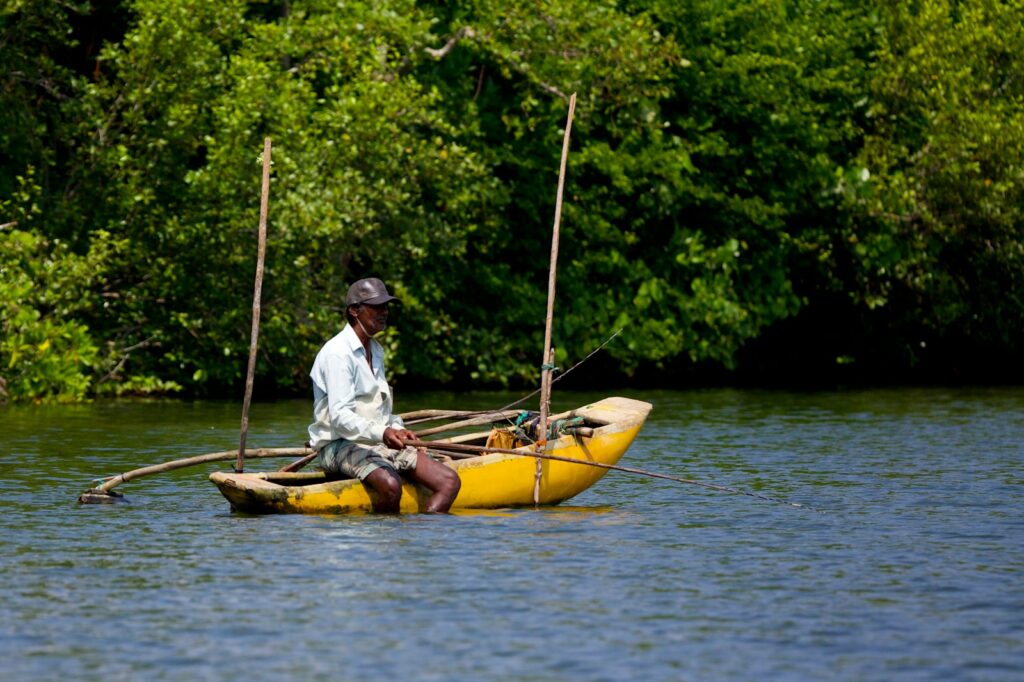
The art of stealth represents one of the paddle angler’s greatest advantages when pursuing bass in shallow environments. Use natural shoreline features like overhanging trees and emergent vegetation to break up your silhouette as you approach promising areas. Master the technique of moving your paddle with minimal water disturbance by using shorter, shallow strokes rather than deep, powerful ones when approaching fishing spots. Position your craft upwind or up-current from target areas when possible, allowing you to drift naturally into position without paddling and creating disturbance. Learn to use your paddle as a subtle rudder to make minor position adjustments rather than obvious steering movements that create telltale ripples across the surface. The quieter your approach, the more willing bass will be to strike your lure without hesitation.
Sight Fishing Strategies from a Kayak
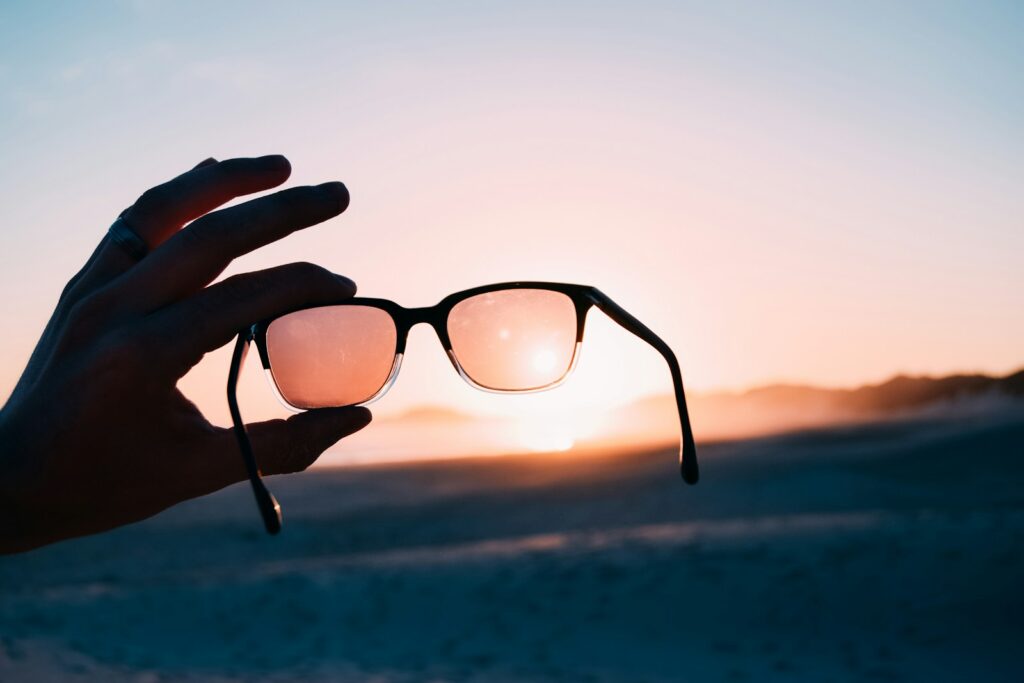
Sight fishing represents one of the most exciting and effective techniques available to paddle craft anglers in shallow, clear lakes. Polarized sunglasses become essential tools rather than mere accessories, allowing you to penetrate the water’s surface and spot cruising or bedding bass that would otherwise remain invisible. Position your craft perpendicular to the sun’s angle whenever possible to minimize glare and maximize visibility into the water. When you spot a bass, resist the urge to cast immediately; instead, observe its behavior and positioning to determine the most natural presentation angle. Make your first cast count by placing your lure beyond the fish and working it into its strike zone rather than casting directly at the fish, which often triggers a negative reaction. The controlled, precise presentations possible from a stable paddle craft often result in higher success rates than what’s possible from shore or larger boats.
Flipping and Pitching from Paddle Craft
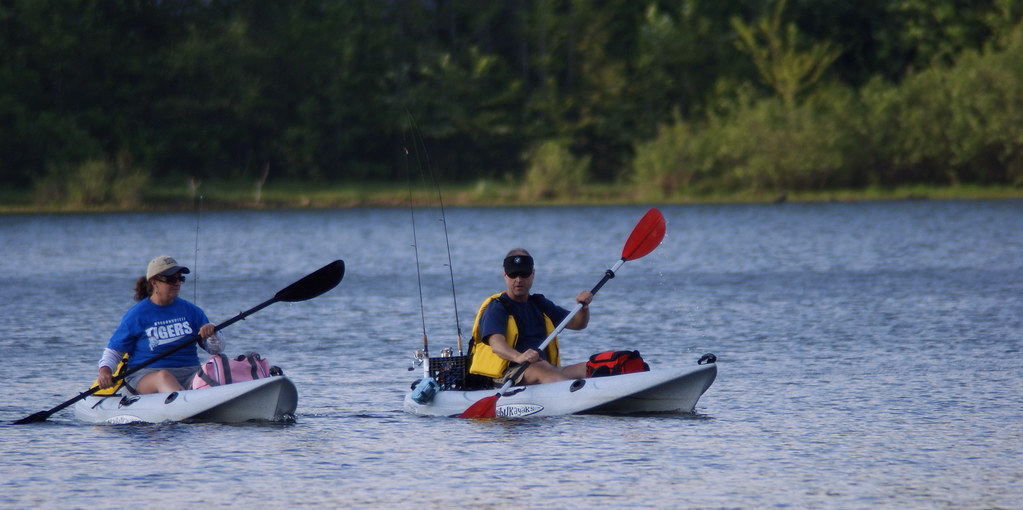
Flipping and pitching techniques take on new dimensions when executed from the confined space of a kayak or canoe, requiring adaptations to maintain accuracy and stealth. Practice underhand pitching techniques that require minimal rod movement, allowing you to deliver baits precisely under overhanging vegetation with limited space for backswings. Organize your seating position to allow for comfortable right and left-side presentations without having to completely reposition your craft for each cast. Select shorter, purpose-built flipping rods (6’6″ to 7′ rather than standard 7’6″ models) that allow for better control in the limited space of a paddle craft. When executing these techniques, use your paddle or anchor to stabilize your position, preventing the subtle drift that can occur during the critical moment when a bass inspects your bait in heavy cover.
Topwater Tactics for Shallow Lake Bass
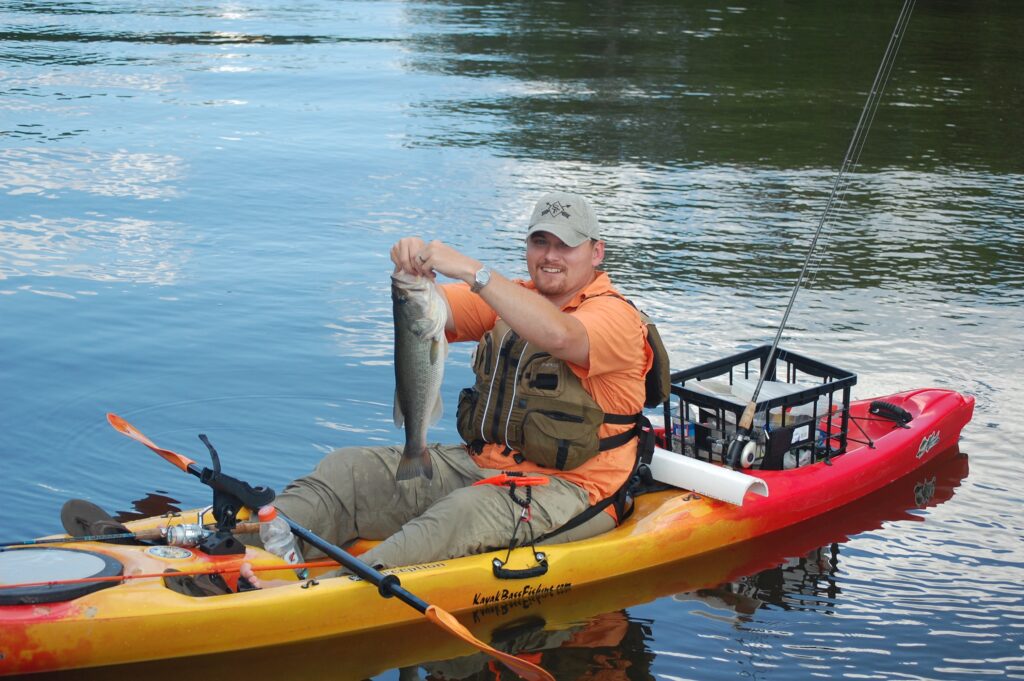
Topwater fishing from paddle craft offers an exciting and highly effective approach for shallow lake bass, particularly during low light conditions. Walking baits like Zara Spooks or Sammy-style lures can be worked effectively even from a seated position in most kayaks, creating the erratic, wounded baitfish action that triggers explosive strikes. Popping-style baits excel around vegetation edges where the sound attracts bass from within the cover without requiring precise placement deep into structure. Hollow-bodied frogs become especially effective tools for paddle anglers who can silently position themselves along vegetation mats that larger boats can’t access. The low profile of paddle craft allows anglers to work these baits with minimal disturbance, often resulting in more committed strikes compared to presentations from higher positions in conventional bass boats.
Fishing Vegetation Patterns Effectively
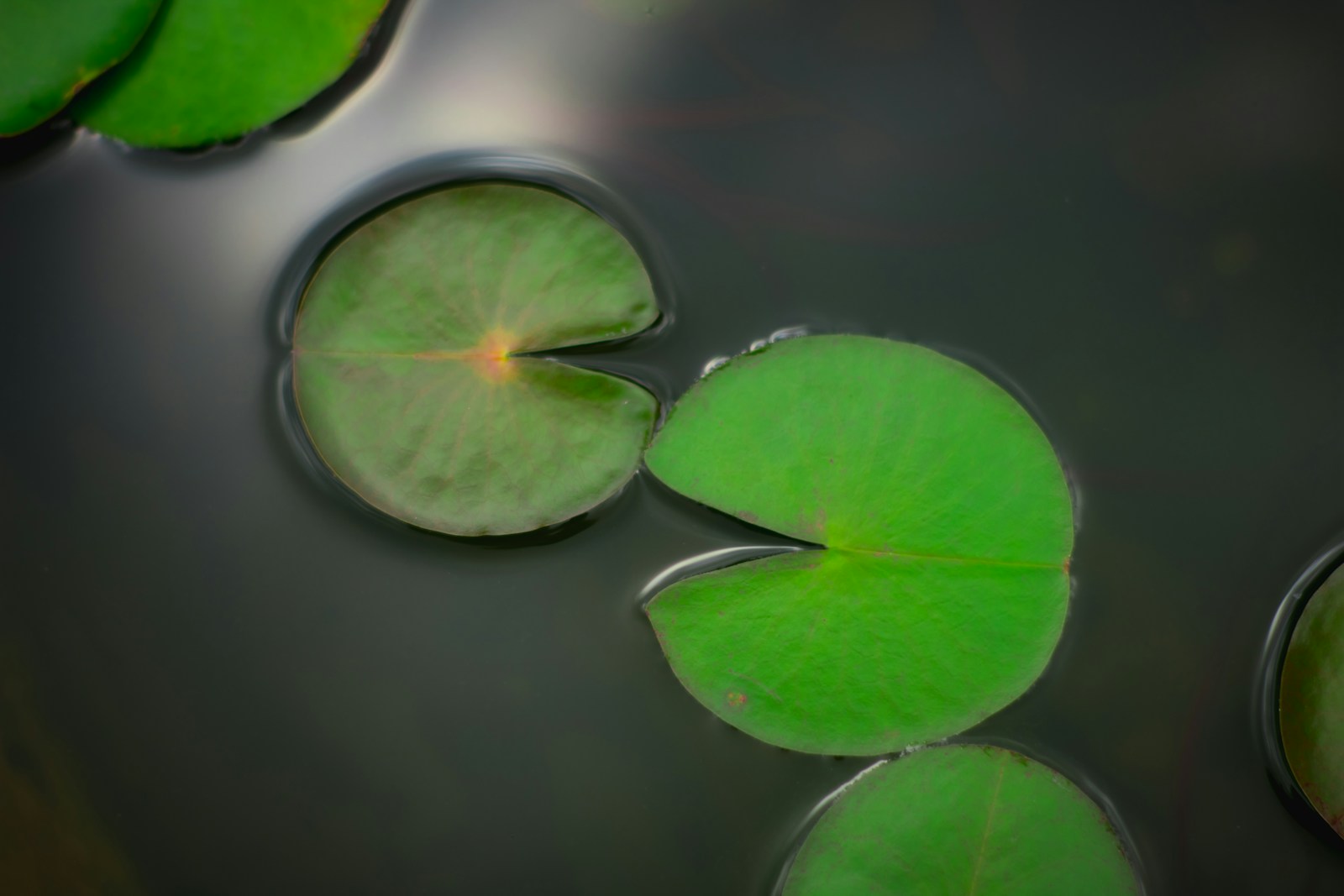
Vegetation represents the primary structural element in many shallow lakes, and paddle craft anglers have distinct advantages when targeting these green zones. Learn to identify different vegetation types including milfoil, hydrilla, lily pads, and emergent reeds, as each holds bass differently depending on seasonal patterns. Use your paddle craft’s maneuverability to access the outer edges of vegetation beds, which often hold the most active bass looking to ambush prey moving along these natural highways. When fishing thick vegetation mats, position yourself downwind and use the natural drift to silently move along edges, making precise casts parallel to the vegetation line rather than perpendicular approaches that may alert cautious bass. Weedless presentations become essential, with Texas-rigged soft plastics, swim jigs with brush guards, and hollow-bodied frogs allowing you to extract bass from places most anglers simply can’t fish effectively.
Working Shallow Wood Structure
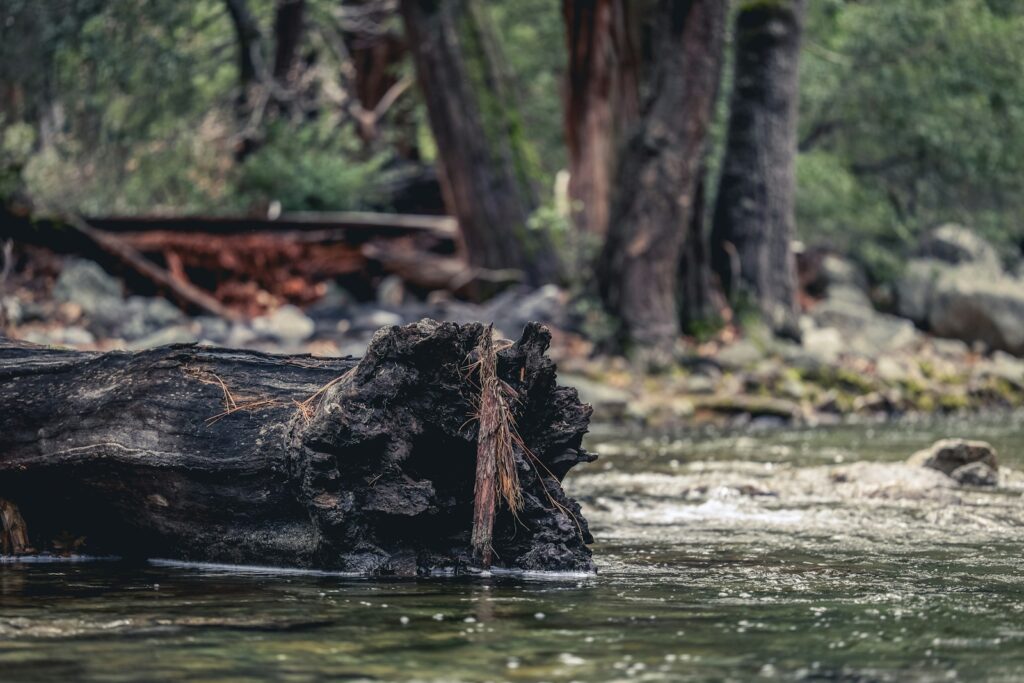
Fallen trees, stumps, and brush piles create prime bass habitat in shallow lakes, and paddle craft allow precise presentations to these productive areas. Position your kayak or canoe at a 45-degree angle to laydown logs rather than approaching straight on, giving you multiple casting angles to different sections of the structure. Use your craft’s shallow draft to access the shallowest portions of brush piles where big bass often suspend just under the surface, areas completely inaccessible to conventional boats. Practice “parallel pitching” – making short, accurate casts that run your bait along the length of a log rather than across it, keeping your offering in the strike zone longer. When a bass strikes near woody structure, use your paddle to quickly push away from the cover, preventing the fish from wrapping your line around branches while simultaneously giving you the leverage advantage in open water.
Seasonal Pattern Adaptations
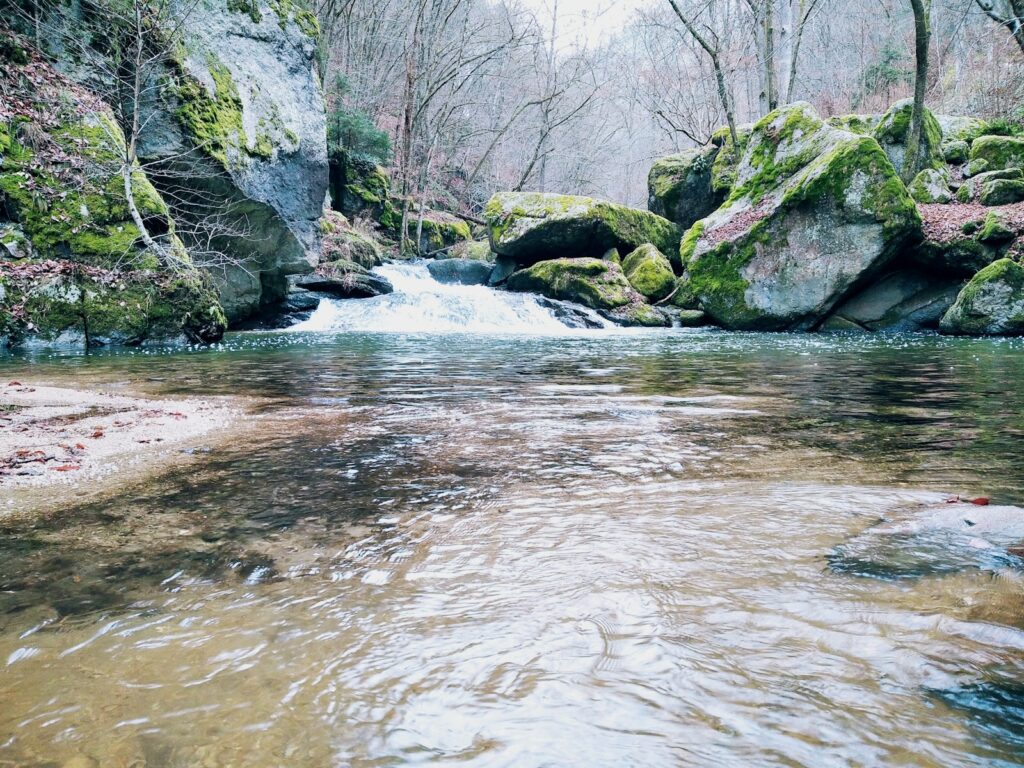
Success in shallow lake bass fishing requires adjusting your paddle craft approach according to seasonal patterns. During spring spawning periods, use your kayak’s stealthy profile to quietly locate bedding bass in ultra-shallow bays that larger boats simply can’t access. Summer patterns typically shift bass to deeper vegetation edges or offshore structure, requiring longer paddle approaches but offering more concentrated fish once located. Fall patterns often revolve around baitfish migrations, so position your craft along points and creek mouths that create natural ambush positions for feeding bass. Winter demands focusing on the warmest water available, often in shallow, dark-bottomed bays that absorb maximum sunlight – areas where the minimal draft of paddle craft allows you to access fish that boats can’t reach. By adjusting your paddling distance and location seasonally, you maximize time spent fishing productive water rather than searching.
Managing Wind and Weather Challenges
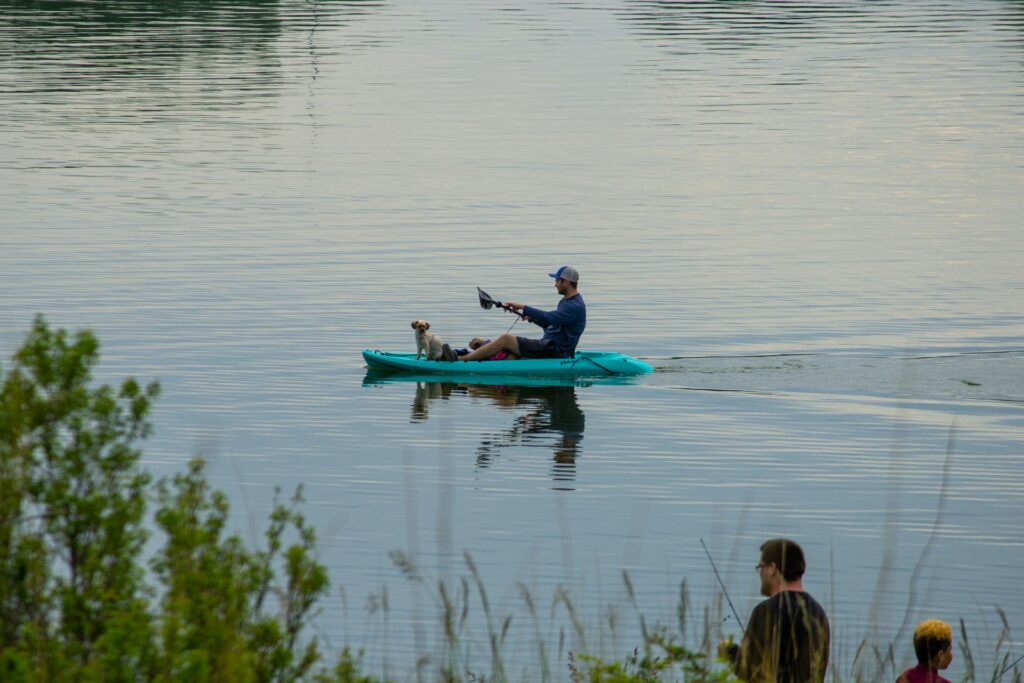
Wind represents the paddle angler’s greatest challenge on shallow lakes, requiring specific techniques to maintain fishing effectiveness. When facing moderate winds, use strategic positioning by paddling to the upwind shore and working with the wind at your back, effectively using it to move you along productive banks rather than fighting it. Install an anchor trolley system on your craft that allows you to quickly lock your position when you locate active fish, preventing the frustration of constant repositioning. During stronger winds, focus on fishing protected pockets and coves rather than battling conditions in open water areas. Learn to use wind as an advantage by drifting naturally across flats, covering more water while making long casts ahead of your drift path to avoid spooking fish. These adaptations transform what conventional boaters consider negative conditions into distinct advantages for the prepared paddle angler.
Electronics and Navigation for Paddle Anglers
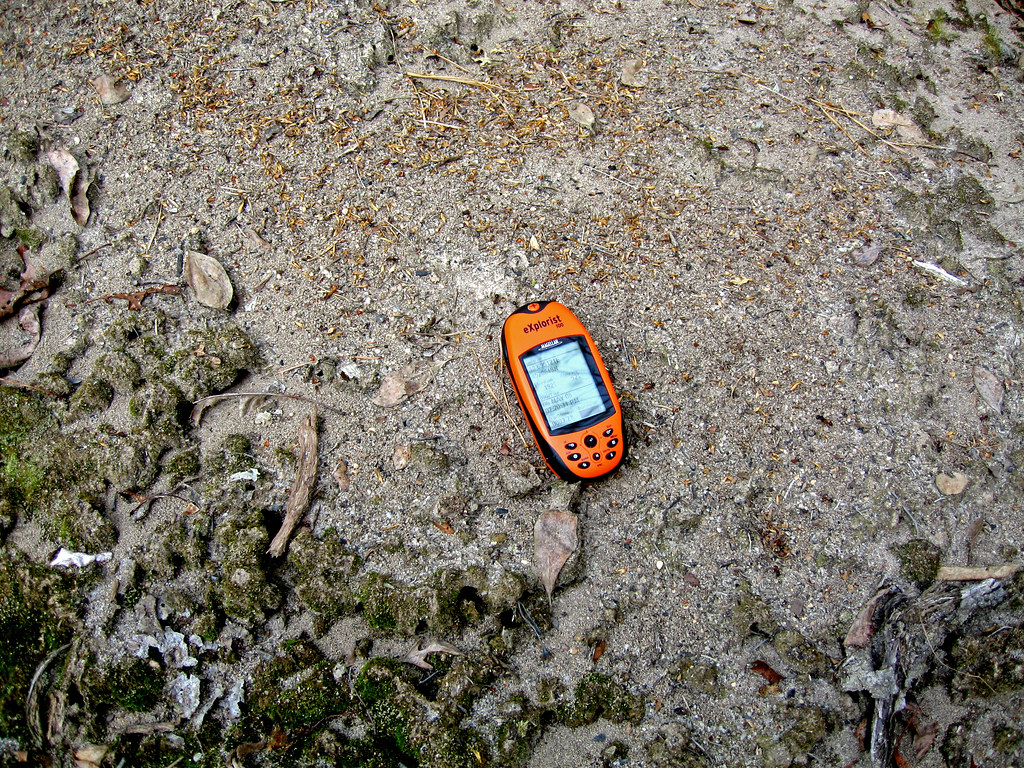
Modern electronics have revolutionized paddle craft fishing, with compact, waterproof units providing the same advantages previously available only to boat anglers. Lightweight GPS/sonar combos with lithium batteries offer full-day operation without adding significant weight to your setup. Side-imaging technology becomes particularly valuable in shallow lakes, allowing you to identify submerged vegetation beds, channels, and structure from a distance without disturbing the area. Pre-trip satellite imagery study using tools like Google Earth helps identify promising shallow areas and plan efficient paddling routes that maximize fishing time while minimizing exhausting travel distances. For maximum effectiveness, mount electronics on adjustable arms that allow you to position screens for optimal viewing while fishing yet can be folded away during transportation or challenging paddling conditions.
Safety Considerations for Bass Fishing from Paddle Craft
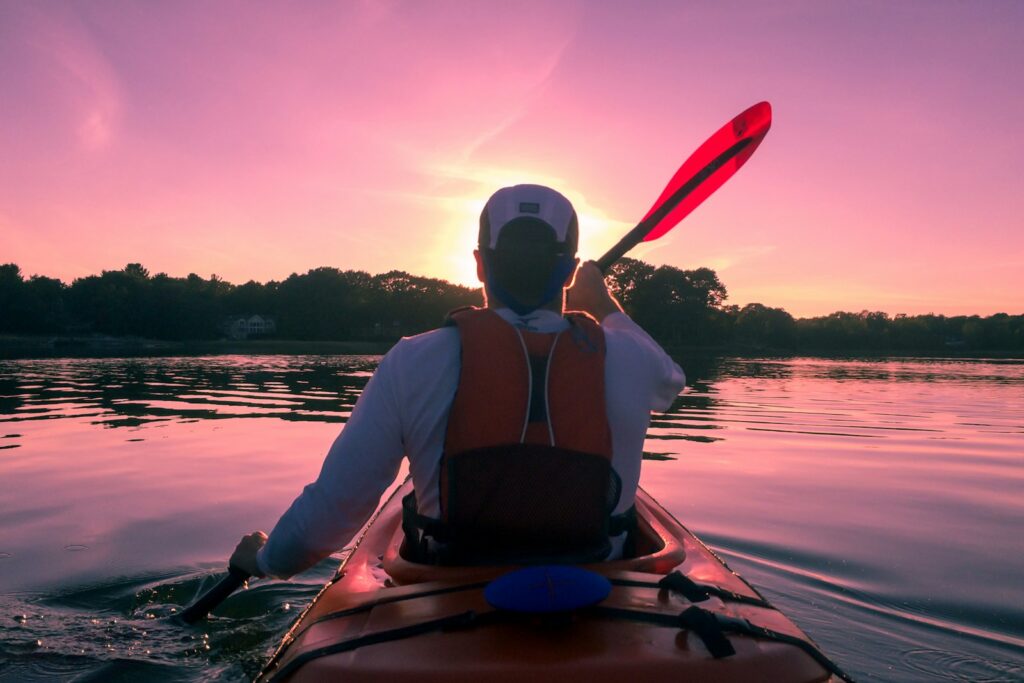
Safety must remain paramount when pursuing bass from paddle craft in shallow lakes, regardless of water depth. Always wear a properly fitted personal flotation device designed specifically for paddling, offering both safety and comfort during long fishing sessions. Carry a waterproof VHF radio or cell phone in a floating waterproof case for emergency communications, particularly when fishing remote areas. Prepare for changing weather conditions with appropriate clothing, including sun protection and quick-drying layers that prevent both overheating and dangerous cold exposure. Establish a float plan with someone onshore, including your planned fishing location and expected return time, providing crucial information should emergency services need to locate you. These precautions ensure your shallow water bass adventures remain positive experiences regardless of the challenges you might encounter.
The intimate connection between angler and environment makes paddle fishing for bass in shallow lakes one of the most rewarding approaches to the sport. The techniques described above leverage the unique advantages of kayaks and canoes—stealth, access to untouched waters, and a fish-level perspective—to consistently catch bass that other anglers simply can’t reach. By mastering these specialized approaches, from silent positioning to targeted presentations in vegetation and structure, paddle anglers can transform limitations into advantages. Whether you’re just starting your paddle fishing journey or looking to refine existing skills, the methods outlined provide a comprehensive framework for success. Remember that the ultimate reward extends beyond just catching fish—it’s about experiencing bass fishing in its purest, most connected form.
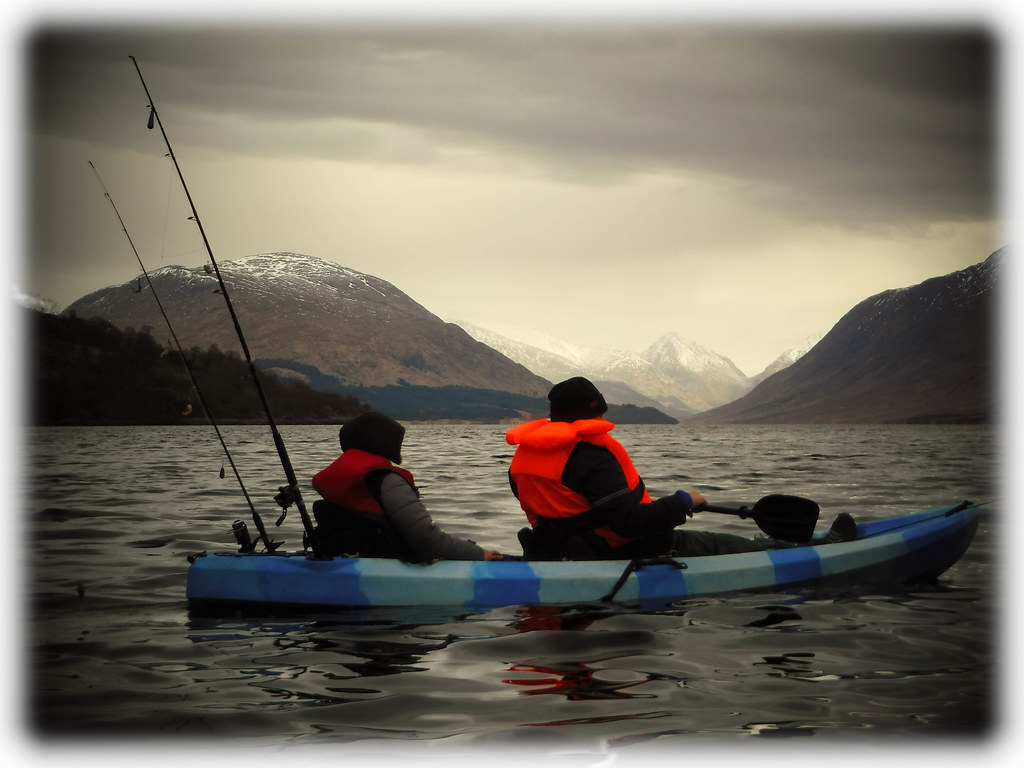


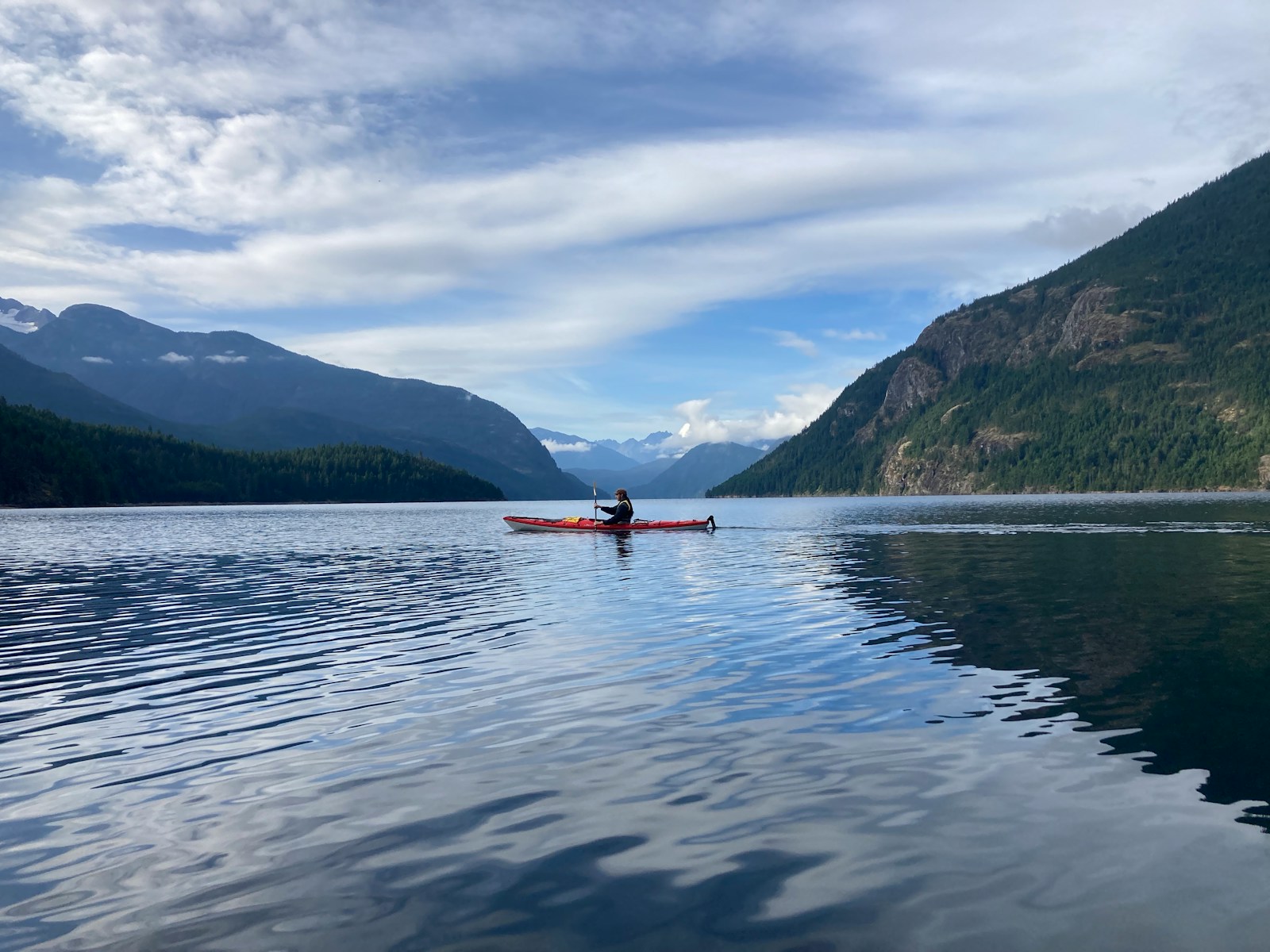
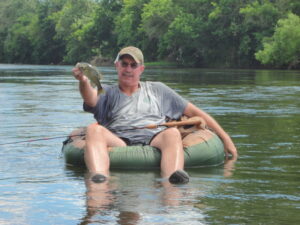
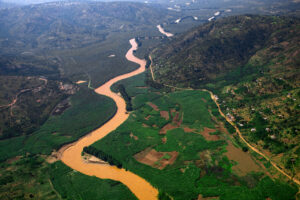








Post Comment